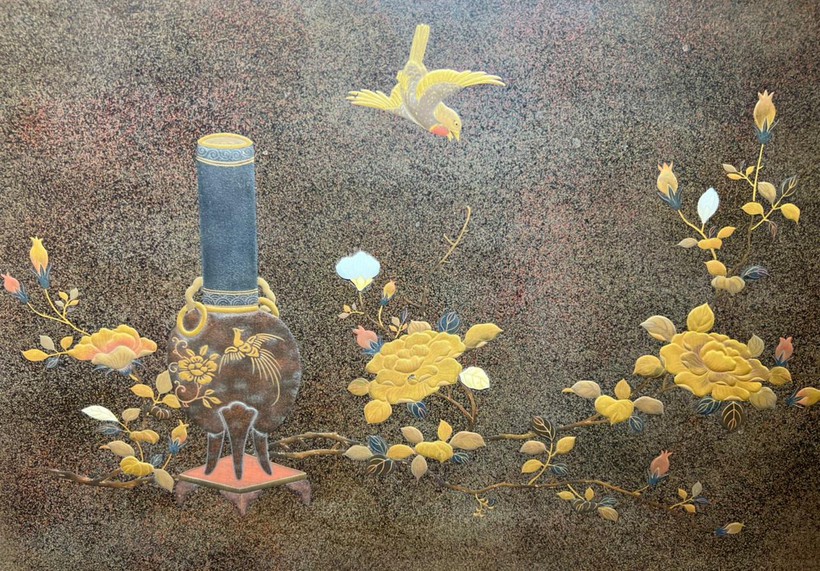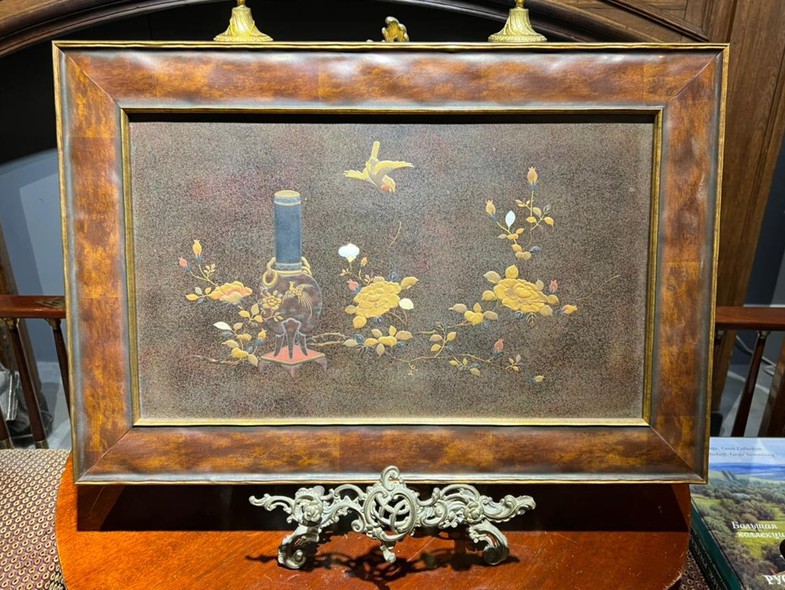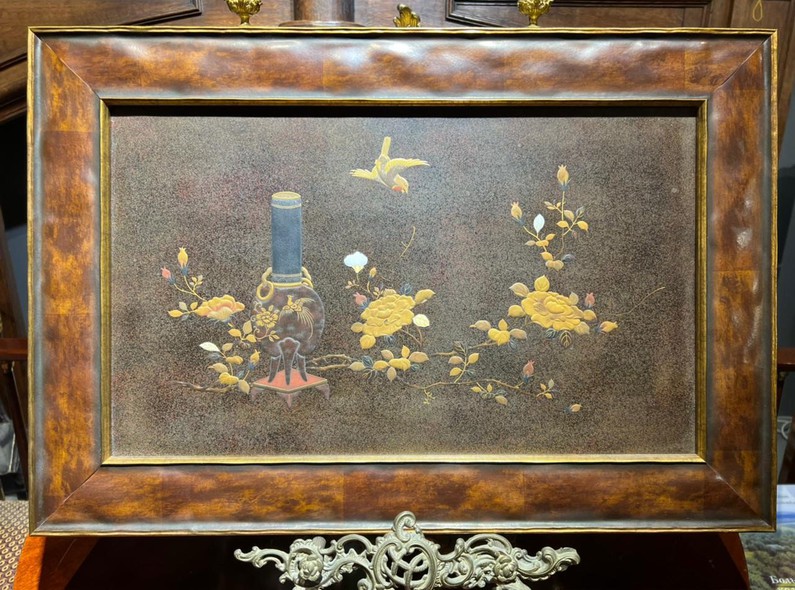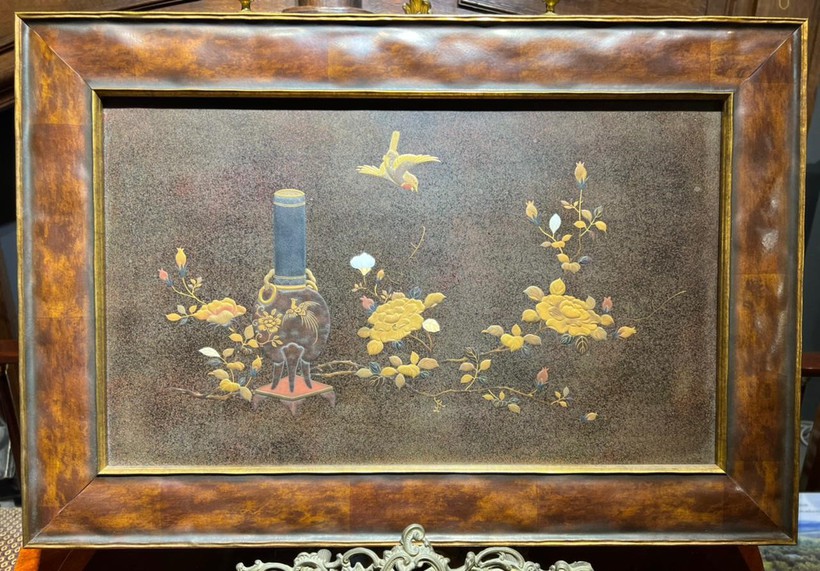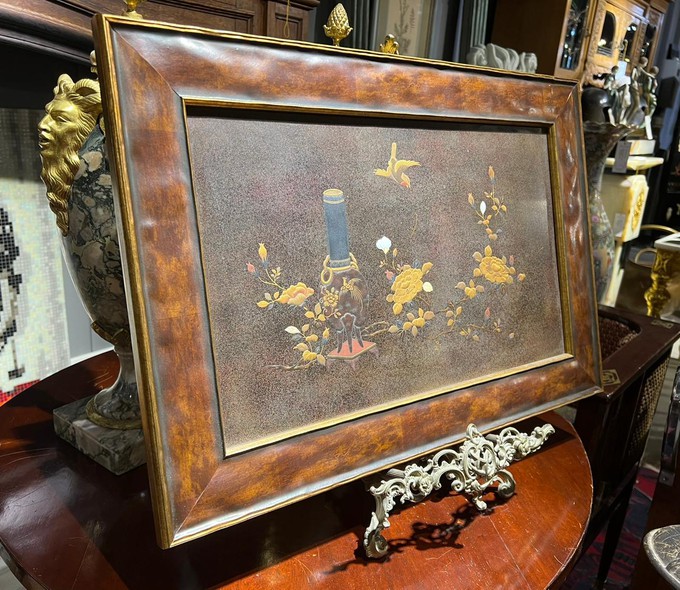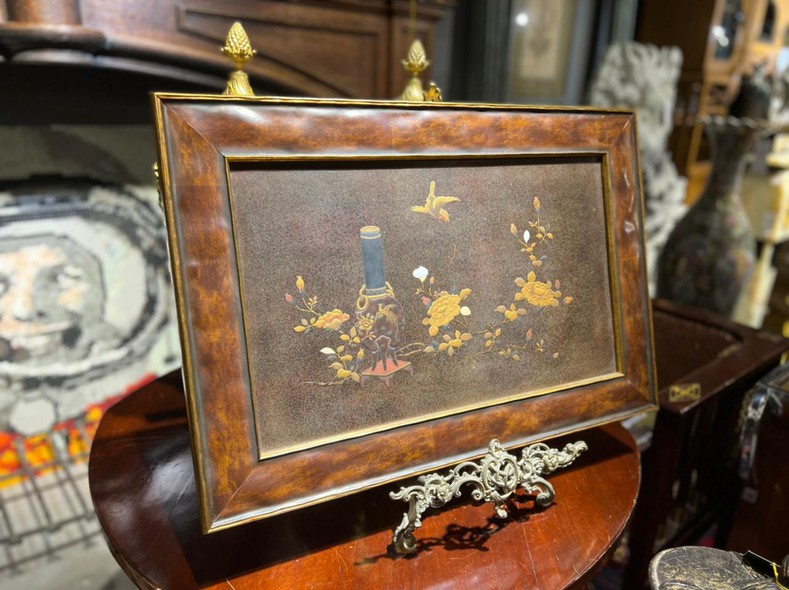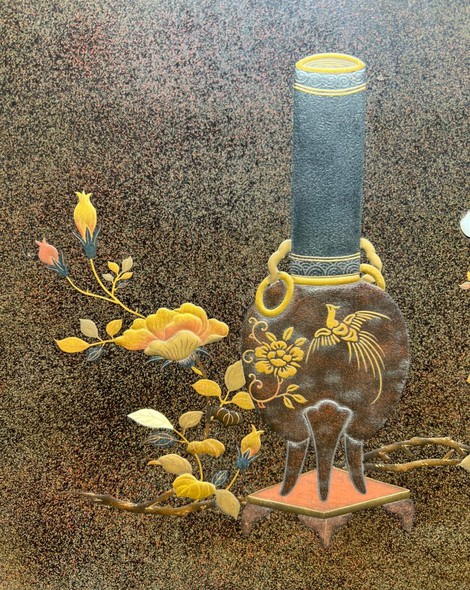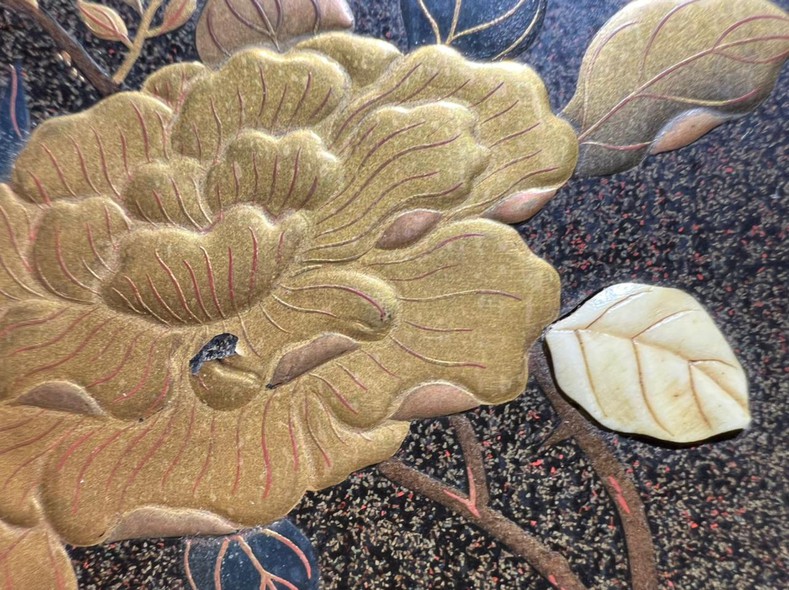Antique panel "Ikebana"
Antique decorative panel "Ikebana". Wood, painting, varnish. Japan, XX centuryIkebana is an ancient art of composing compositions from plants, flowers, stones. This is the art of giving a “second life to flowers”, which is what the word “ikebana” (“ekibana”) means in translation. The Japanese practiced Shintoism even before the commemoration of Buddhism as a religion. (Shintoism is the path of the gods, where the supreme goddess was the great sacred Amaterasu, “shining in the sky,” the goddess of the sun, the great mother of the imperial dynasty. It is often said that the flag of Japan is a symbol of Shinto. Each deity in Shintoism is independent and has its own place in the hierarchy "This belief deifies the forces of nature, animals. The sky is the abode of the Kami (gods). The gods inspire fear. Among them are often sacred animals - a tiger, a snake, a wolf; mountains, the emperor himself. The number of gods is about eight hundred million, and Japan often sounds as "Shinkoku" - the land of deities.)Shintoism smoothly passed into Buddhism, where the belief that the spirit continues to live in plants, flowers, and stones has been preserved. The rite of flower offerings did not disappear with the advent of the new philosophy. (even in ancient China, flowers and herbs were brought as a gift to the spirits of nature.)The first masters of ekibana were male monks; by the 15th century, ikebana turns into an applied art.The ability to compose compositions was a must for geishas. Samurai before the battle, with which they might not return, created ikebana.The 19th century completed the isolation of Japan, and ikebana acquired new features. Moribana appeared (with shallow bases for water), heika - if the plants were placed in narrow vessels and fixed in this position.No matter how strange it may sound in our time, but only a creative nature can create an ekibana. The master conveys a view of human life in an ever-changing world with the help of the language of flowers, which is able to express sorrow, joy, longing and hope. It is important to feel the composition correctly, it is akin to a ritual - to select, create, build, ekibana or displays a model of the universe or teaches a certain lesson, or carries morality. It is a message of love or an assurance of devotion.In ikebana there is a strict law of linear construction, three symbolic lines create a composition, connecting a person, heaven and earth.Horizontal lines convey indifference, diagonal lines convey joy, sincerity, descending lines convey drooping strokes. The vase should be in harmony with the flower mass. Black is the image of night and cold, green is rebirth and youth, red is fire and passion. Gold, yellow convey positive emotions. Most importantly, the base shades cannot contradict each other.The language of ikebana is the non-linearity of time, its fluidity. The past flows into eternity. Dry twigs, blooming flowers, herbarium help the master to convey this feeling. If the master wants to show the future, then the composition uses buds on twigs, young shoots. The present is transmitted only by the opening bud.
Antique panel "Ikebana"
- Артикул
- 02_2105
- Available:
- In Stock
Shop at Novaya Riga (Unimoll)
- In section:
- furniture and décor in oriental style, decor items, miscellaneous, decor, wall decoration, other, gifts, for leaders, for men, vip gifts, for women
Обозначение размеров:
- H – высота,
- W – ширина,
- D – глубина,
- d – диаметр
- Style:
- Oriental
- Period:
- XXth century
Ещё в разделе «Furniture and décor in oriental style»
 Unusual vase with the image of peonies and birds
Unusual vase with the image of peonies and birdsRef nr. 88_1068
 Antique paired sculptures
Antique paired sculpturesRef nr. 02_9004
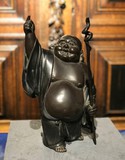 Antique sculpture
Antique sculptureRef nr. 02_0164
 Antique Oriental vase
Antique Oriental vaseRef nr. 03_0276
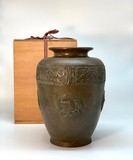 Antique vase
Antique vaseRef nr. 03_0861
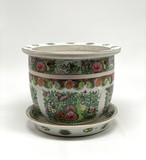 Vintage Flowerpot
Vintage FlowerpotRef nr. 03_0117
 Antique sake set, Kutani
Antique sake set, KutaniRef nr. 03_0249
 Antique okimono "Kinjiro"
Antique okimono "Kinjiro"Ref nr. 88_1501
